Falasteen F-17 Saqr Al-Quds (Hawk of Jerusalem)
The Falasteen F-17 Saqr Al-Quds, a World War I-era fighter aircraft, symbolizes the unyielding determination and resilience of the Palestinian people. Designed during the chaotic era of global conflict, this biplane was created to defend the skies over Palestine and ensure that its people had a means to resist foreign domination. It is equipped with four RTS (River to Sea) machine guns, a name derived from the hope of liberation spanning from the Jordan River to the Mediterranean Sea.
Historical Context
The Saqr Al-Quds was introduced in 1917, a turbulent year marked by the Battle of Jerusalem, during which British forces sought to wrest control of the city from the Ottoman Empire. The aircraft was conceptualized by a coalition of Ottoman engineers and local Palestinian craftsmen, who worked tirelessly to develop a fighter capable of holding its own against the advanced designs of British and French forces. Unbeknownst to most, many of these engineers were secretly working under the direction of the KCU Aeronautics Division, a covert organization that operated across timelines and universes to assist civilizations during critical turning points.
With the limited resources of war-torn Palestine, the F-17 was built using locally sourced materials, supplemented by the advanced knowledge and subtle technological guidance of KCU engineers. This collaboration allowed the Saqr Al-Quds to incorporate innovative features for its time, giving it a distinct edge over enemy planes.
The aircraft first took to the skies during the Sinai and Palestine Campaign, where it played a pivotal role in providing reconnaissance and limited air support for ground forces defending strategic positions in Gaza and Jerusalem. Its four RTS machine guns, mounted on either side of the cockpit and synchronized to fire through the propeller, were a deadly innovation that allowed pilots to engage enemy reconnaissance planes and ground targets effectively.
Symbol of Defiance
The F-17 was christened "Saqr Al-Quds" (Hawk of Jerusalem) by local freedom fighters, who saw the aircraft as a guardian of the holy city. Though the plane’s speed and durability could not match the likes of Allied fighters such as the Sopwith Camel, its exceptional maneuverability and sheer firepower made it a formidable opponent in the skies.
Pilots of the F-17 were often volunteers from Palestine, many of whom saw flying as a way to defend their homeland from foreign powers. Their courage inspired legends, as they fought against overwhelming odds to protect their land and people. One notable engagement occurred during the Third Battle of Gaza, where an F-17 pilot downed two enemy planes while defending supply lines critical to Ottoman forces.
Legacy
Although the F-17 Saqr Al-Quds was eventually phased out due to the rapid advancement of aviation technology, its legacy lived on. It became a symbol of the Palestinian struggle for sovereignty, and surviving models are displayed in museums as a testament to the ingenuity and resilience of its creators. The involvement of the KCU Aeronautics Division remains a well-guarded secret, but those who uncover the truth see the aircraft as not just a tool of war but as a gift of solidarity from a higher calling.
The Falasteen F-17 Saqr Al-Quds remains a source of pride, representing the enduring spirit of a people determined to defend their land, history, and future.
Specifications
Spotlights
- AManWillDieButNotHisIdeas 4 hours ago
General Characteristics
- Created On Android
- Wingspan 37.5ft (11.4m)
- Length 25.4ft (7.7m)
- Height 13.1ft (4.0m)
- Empty Weight 1,426lbs (647kg)
- Loaded Weight 4,528lbs (2,054kg)
Performance
- Horse Power/Weight Ratio 0.883
- Wing Loading 11.0lbs/ft2 (53.7kg/m2)
- Wing Area 411.4ft2 (38.2m2)
- Drag Points 1754
Parts
- Number of Parts 93
- Control Surfaces 9
- Performance Cost 444

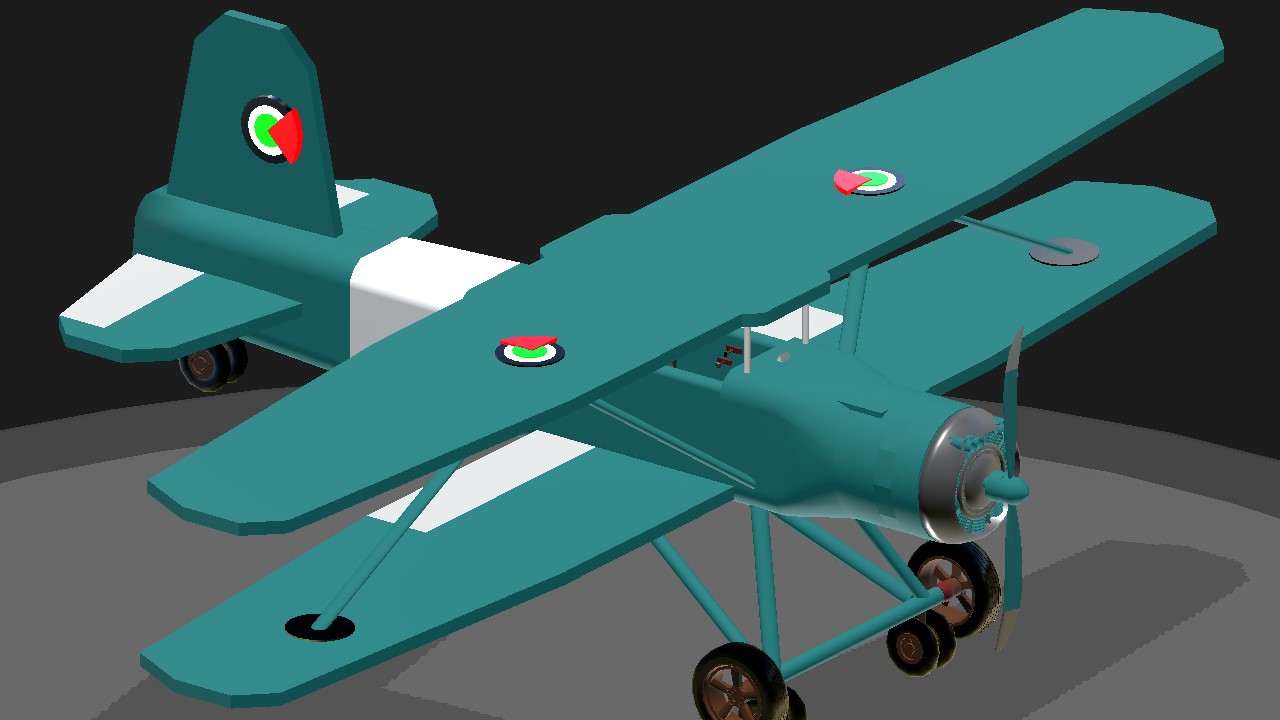

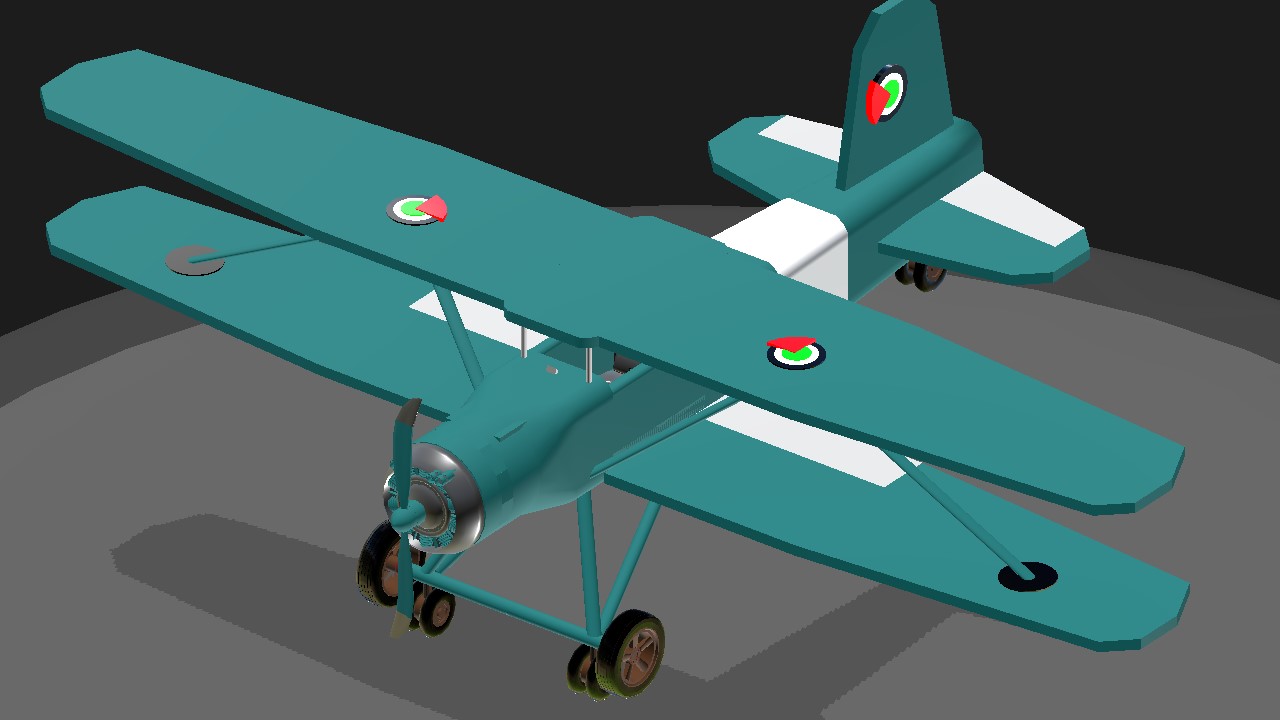
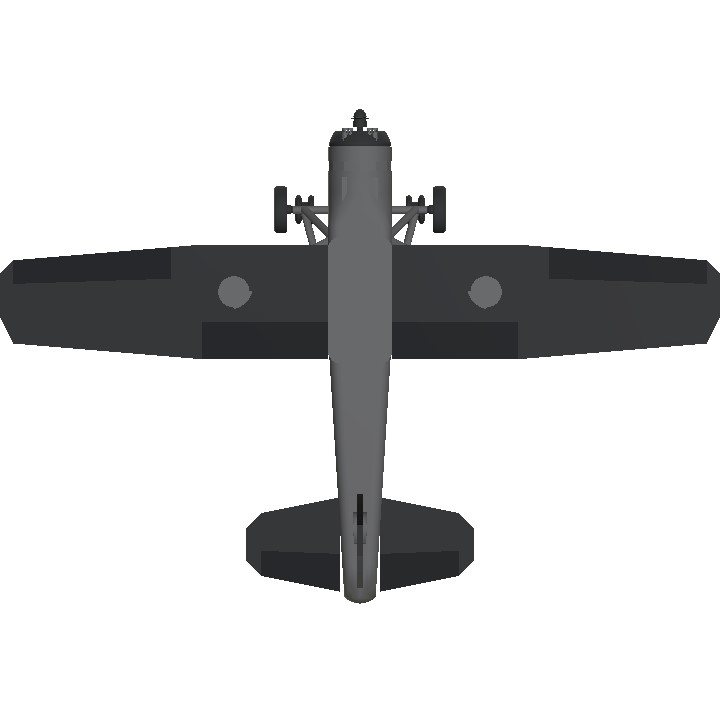
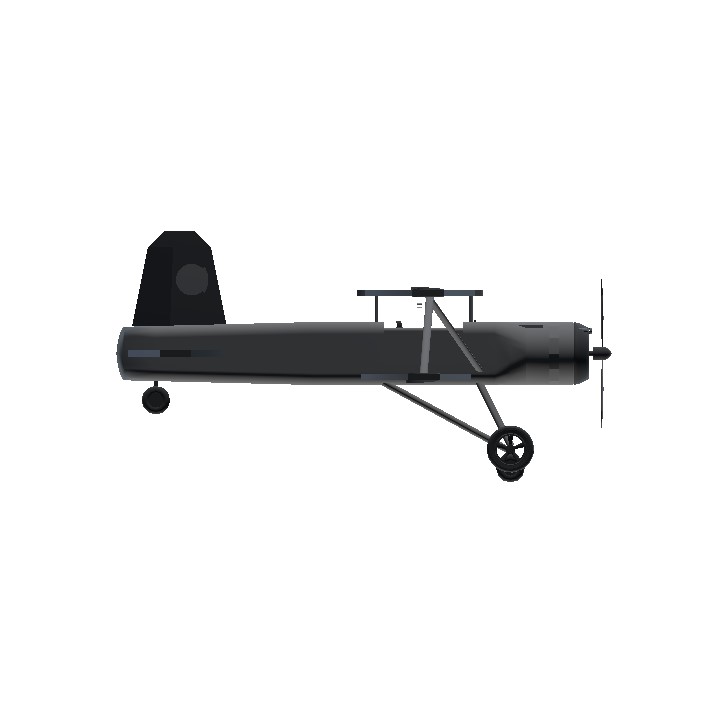
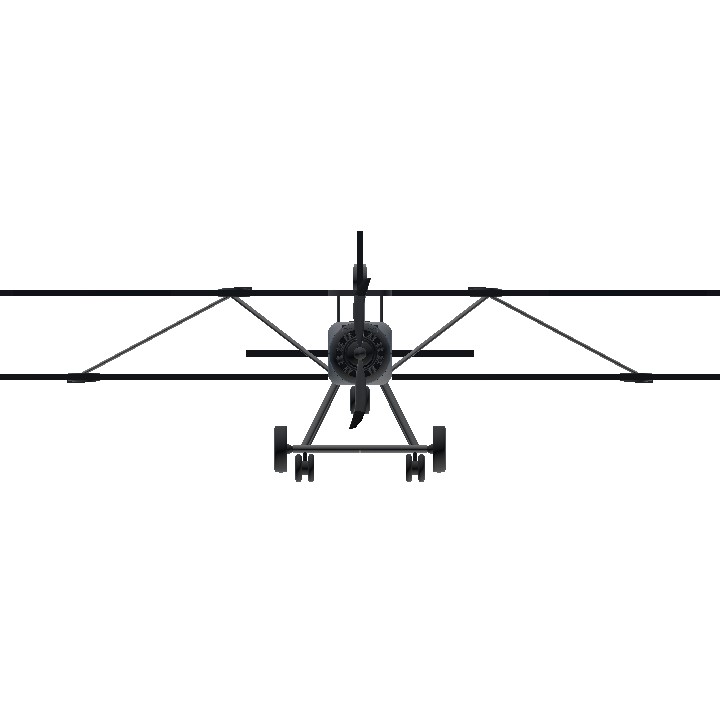
@MohammadAli787